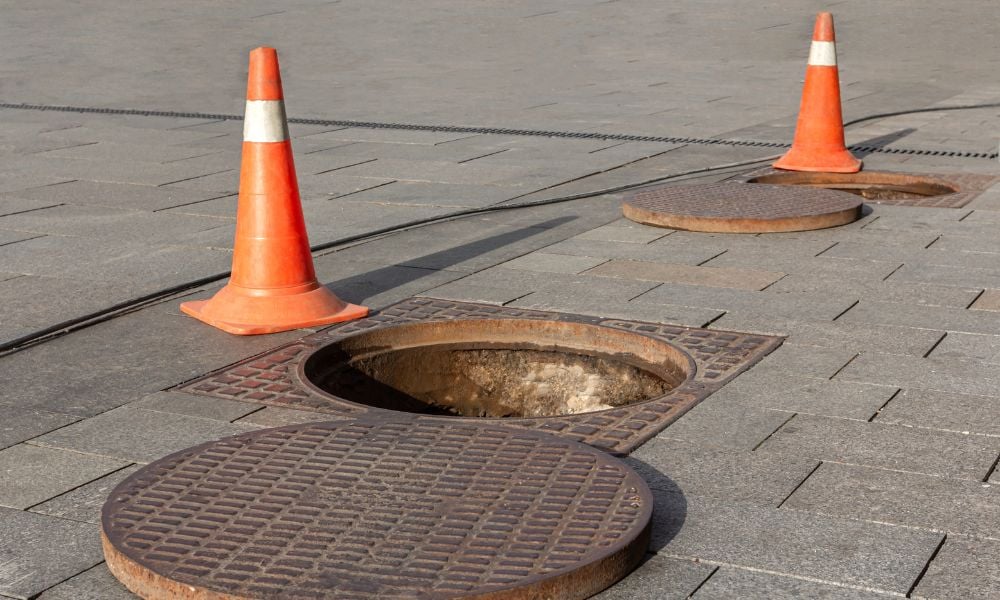Sonos successfully defended the patent infringement action at the Federal Court

The Federal Court of Canada has found Sonos Inc. did not infringe Google’s patent on adaptive echo and noise control technology used in smart speakers, in a decision released Aug. 15.
Google sued Sonos, Inc., the smart-speaker maker, for infringement of Google’s Canadian patent, which is called “method and apparatus for adaptive echo and noise control.” Sonos counterclaimed that Google’s patent is invalid due to obviousness and lack of inventiveness.
The lawsuit is part of a cross-jurisdictional battle between the two companies which spans Canada, the U.S., France, the Netherlands, and Germany. The conflict began in 2020. After the companies spent years working together to integrate Google services on Sonos speakers, Sonos claimed Google was stealing its technology and using it in its other products, reported The Verge.
Following a back-and-forth in which both companies accused the other of patent infringement, this January, the U.S. International Trade Commission found Google in violation of five Sonos patents and prohibited the company from importing certain audio players, controllers, and their components.
Patent litigation over smart-speaker technology reminds Professor Norman Siebrasse of the “smartphone wars,” and he says Google LLC v. Sonos, Inc. represents a relatively new area of IP litigation.
Siebrasse is a professor in the law faculty at the University of New Brunswick. His research interests include patent law, patent remedies, pharmaceutical patents, intellectual property, and commercial law. He also publishes an IP-law blog called Sufficient Description.
Internet-of-things devices, such as smart-speakers, are similar to smartphones in that they are composed of many different patented technologies, each contributing a small function without being central to the value of the product as a whole.
Smartphones include more patented technologies than anyone can count, says Siebrasse, and estimates range in the tens- to the hundreds-of-thousands. “Google doesn’t even know how many patented technologies [are] in Google’s own phones.”
These are called complex products – as opposed to simple products, like pharmaceuticals. With pharmaceuticals, says Siebrasse, the technology is not simple, but the product only contains one or a handful of patents, and the patented technology is the reason people are buying the product.
Google LLC v. Sonos, Inc. is one of the early cases dealing with internet-of-things and complex technologies, he says. “We don't have a lot of litigation on these complex products.”
In Google LLC v. Sonos, Inc., the court dealt with three issues: the proper construction of Google’s patent, whether Sonos directly infringed or induced infringement, and whether the patent is invalid because its subject matter would be obvious to a “person of skill in the art,” contrary to s. 28.3 of the Patent Act.
Sonos and Google submitted a joint agreed statement of facts, and each party had its own expert witness. Chris Kyriakakis, PhD, testified for Google, and Michael Johnson, PhD, for Sonos.
The “gravamen of this dispute,” wrote Justice Russel Zinn in the reasons, was the experts’ differing interpretation of the relationship between the “echo cancellation” and “noise suppression” in the patent. While Kyriakakis said the former is a subset of the latter, Johnson said they were distinct processes.
Justice Zinn said it was clear that “noise suppression” and “echo cancellation” were intended to be “two distinct and mutually exclusive processes.” If echo cancellation was included in noise suppression, the patent would include a device with two echo cancellers, he said.
It would also be impossible to determine the order in which the echo cancellation and noise suppression occurs, said Justice Zinn. The patent also states that the “adaptive echo and noise control system is configured to adaptively determine an order of echo cancellation and noise suppression.” For the patent to be “given meaning,” they must be treated as distinct processes, he said.
The court found there was no direct infringement, because the allegedly infringing technology is disabled when first purchased, at which time the user has not configured the voice assistant. Justice Zinn also found that there was no indirect – or induced – infringement.
Justice Zinn ruled against Sonos in its counterclaim, that the patent was invalid due to obvious and lack of inventiveness, which impacted costs.
Robic LLP’s Camille Aubin, Bob Sotiriadis, Catherine Thall Dubé, and Elodie Dion acted for Sonos.
“We take a multidisciplinary approach on technology-related cases like this one,” says Aubin. “In this case, a cornerstone of our team was our partner Dominique Nolet, an excellent patent agent and electrical engineer. She taught all aspects of the technology at hand to the team. We are lucky to have a deep bench of PhDs, engineers, chemists and so on at ROBIC.”










